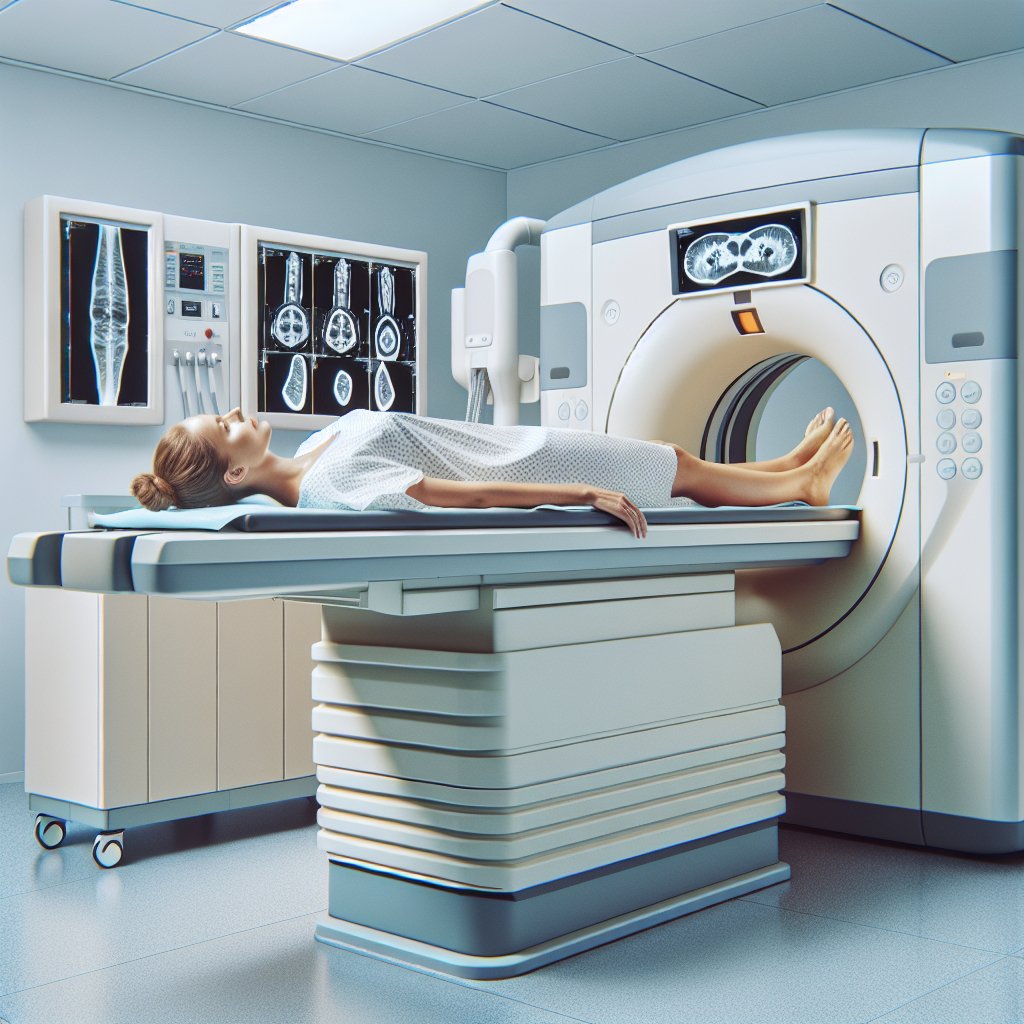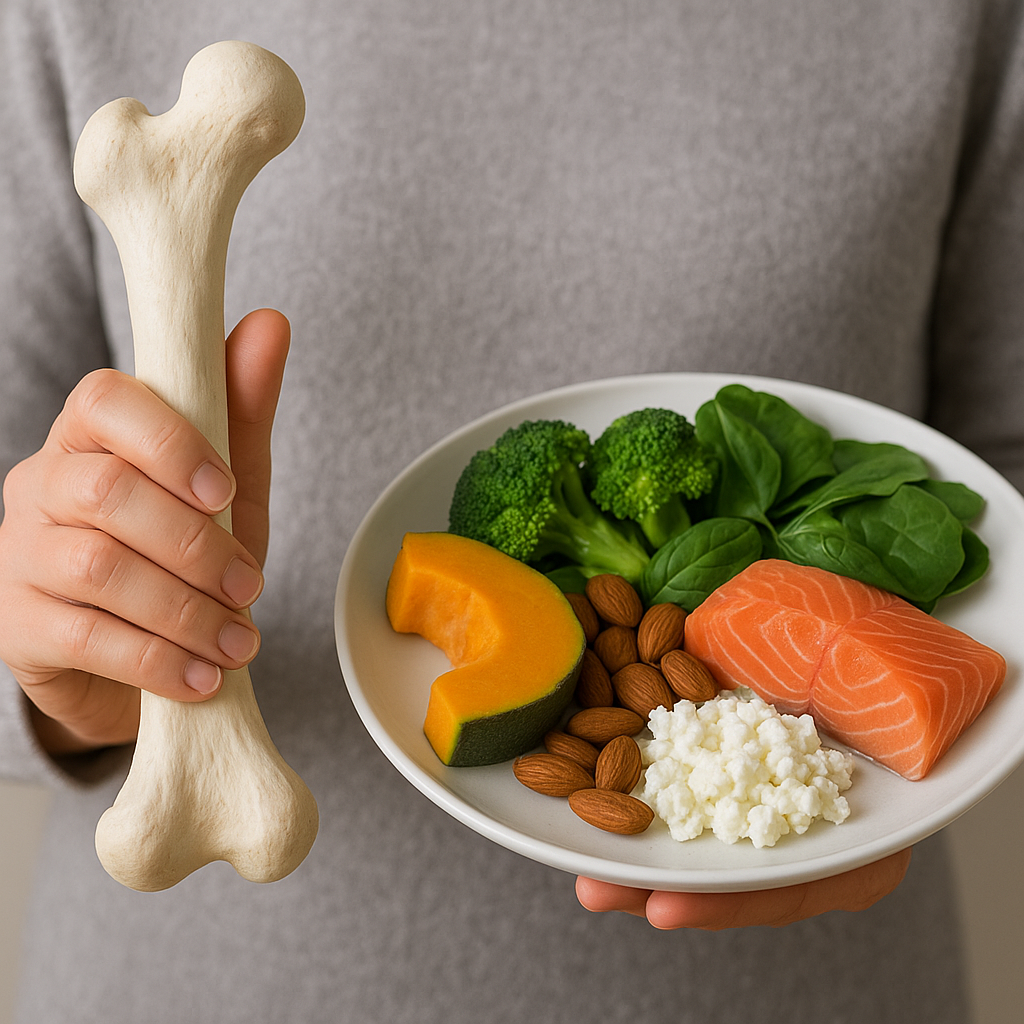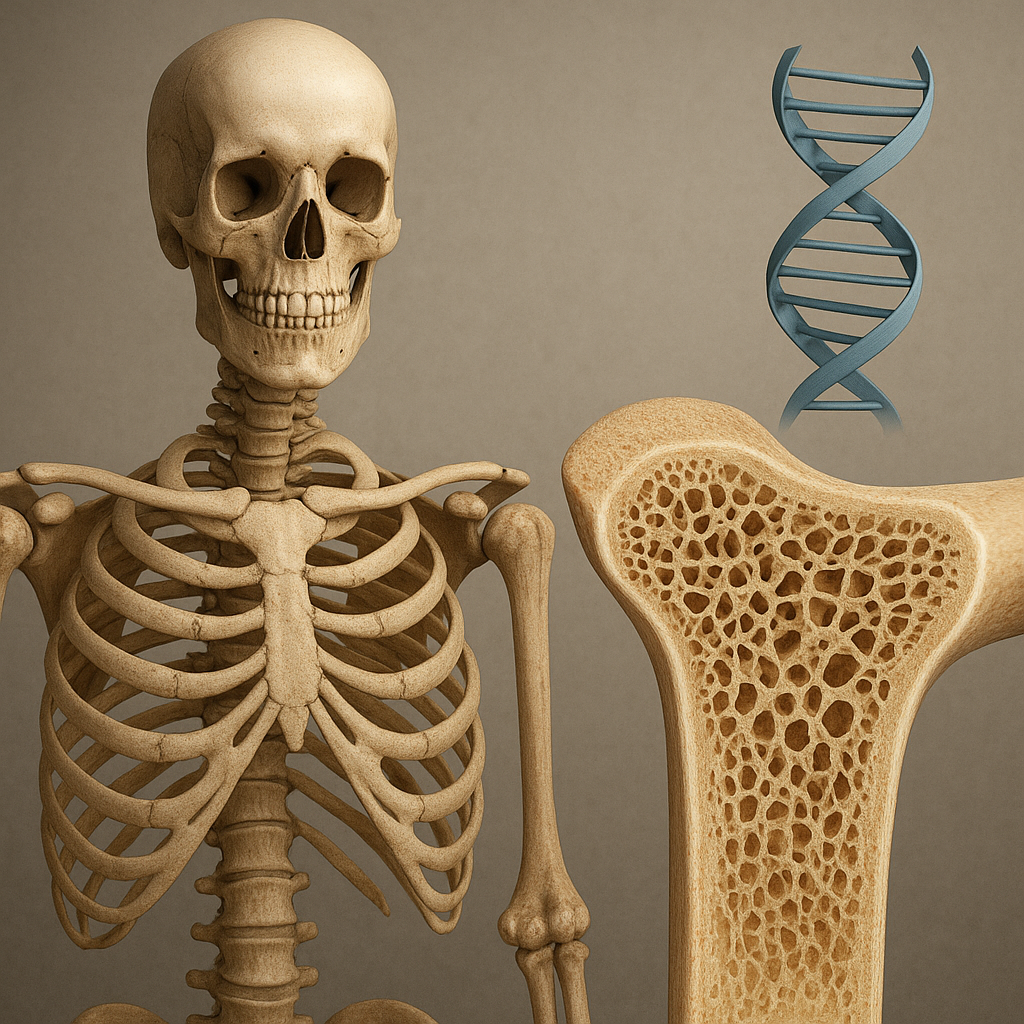Bone densitometry is a crucial medical procedure that assesses bone health by measuring bone mineral density (BMD). This non-invasive test plays a significant role in diagnosing conditions such as osteoporosis and determining an individual’s risk of fractures. Understanding the process of bone densitometry, its importance, and the implications of the results can empower patients to take proactive steps in managing their bone health.
Understanding Bone Densitometry
Bone densitometry, often referred to as dual-energy X-ray absorptiometry (DEXA or DXA), is a specialized imaging technique that quantifies the amount of mineral content in bones. This measurement is essential for evaluating bone strength and density, which are critical factors in assessing the risk of fractures, especially in older adults.
The procedure is typically performed on the lower spine and hip, as these areas are most susceptible to fractures. The results of a bone densitometry test are usually expressed in terms of T-scores and Z-scores. The T-score compares an individual’s bone density to that of a healthy young adult, while the Z-score compares it to individuals of the same age and sex. A T-score of -1.0 or above is considered normal, between -1.0 and -2.5 indicates low bone mass (osteopenia), and -2.5 or lower signifies osteoporosis.
Why is Bone Densitometry Important?
Bone densitometry is vital for several reasons:
- Early Detection: The test can identify low bone density before fractures occur, allowing for early intervention.
- Risk Assessment: It helps assess the risk of future fractures, enabling healthcare providers to recommend appropriate preventive measures.
- Monitoring Treatment: For individuals undergoing treatment for osteoporosis or other bone-related conditions, bone densitometry can monitor the effectiveness of the therapy.
- Guiding Lifestyle Changes: Results can motivate individuals to adopt healthier lifestyles, including diet and exercise, to improve bone health.
How is Bone Densitometry Performed?
The process of bone densitometry is straightforward and typically takes less than 30 minutes. Here’s a step-by-step overview of how the procedure is performed:
Preparation for the Test
Before undergoing a bone densitometry test, patients are advised to:
- Avoid calcium supplements for at least 24 hours prior to the test, as they can affect the results.
- Wear loose, comfortable clothing without metal fasteners, zippers, or buttons, as these can interfere with the imaging process.
- Inform the technician about any recent medical procedures involving contrast dyes or any other imaging tests.
The Testing Process
During the test, the patient will lie on a padded table while a scanning arm passes over the body. The DEXA machine uses two different X-ray beams to measure bone density. The amount of X-ray that passes through the bone is measured, and this data is used to calculate the bone mineral density.
The procedure is painless and does not require any injections or anesthesia. Patients are usually asked to remain still during the scan to ensure accurate results. The entire process is quick, and patients can resume their normal activities immediately afterward.
Interpreting the Results
Once the test is complete, a radiologist will analyze the data and generate a report. The results will include the T-score and Z-score, which help determine the patient’s bone health status. Based on these scores, healthcare providers can recommend appropriate treatment options or lifestyle changes.
Conclusion
Bone densitometry is an essential tool in the early detection and management of osteoporosis and other bone-related conditions. By understanding the procedure and its significance, individuals can take proactive steps to maintain their bone health. Regular screenings, especially for those at higher risk, can lead to timely interventions that significantly reduce the likelihood of fractures and improve overall quality of life.
In summary, bone densitometry is a simple yet powerful diagnostic tool that provides valuable insights into bone health. By prioritizing bone health through regular screenings and adopting a healthy lifestyle, individuals can enhance their well-being and reduce the risk of osteoporosis-related complications.













